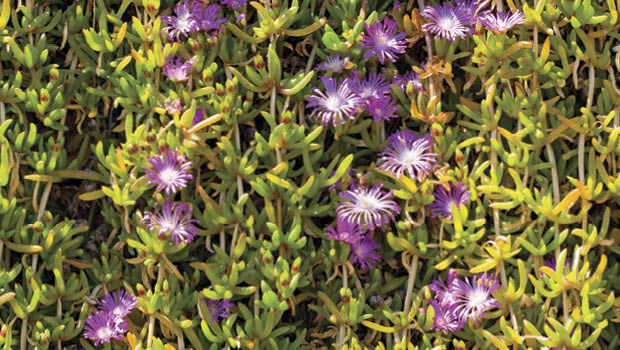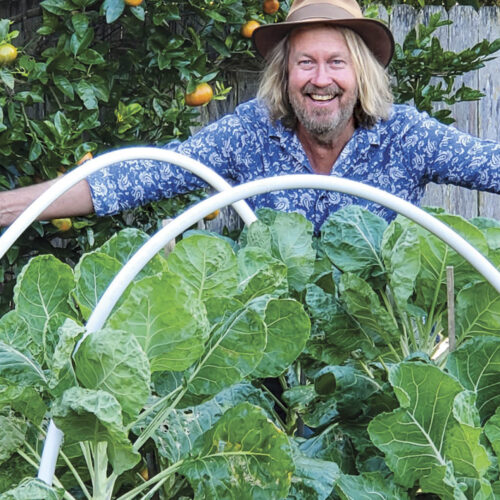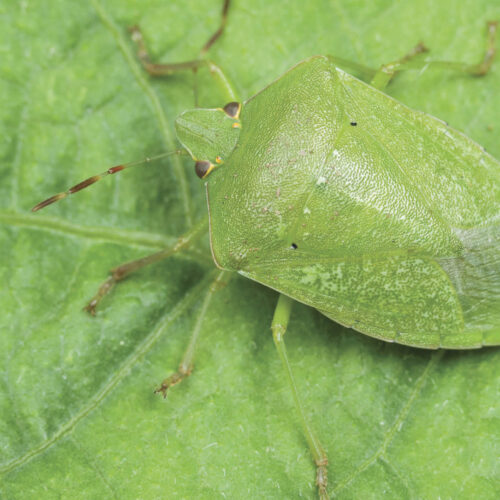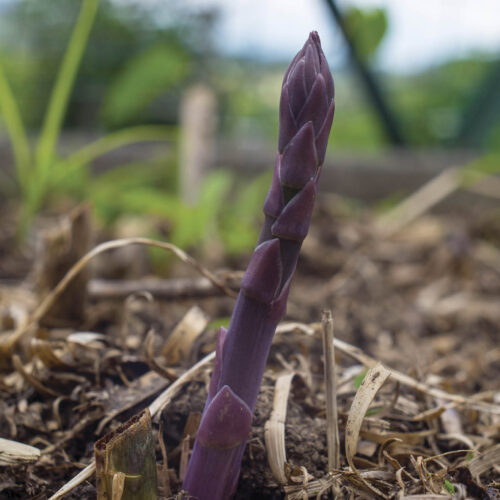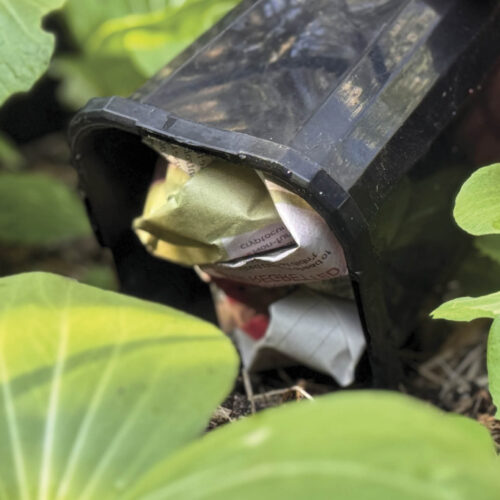Edible succulents
2021-02-22T04:48:30+11:00
These three edible, waterwise succulents can be planted in your backyard. They are easy to grow, and tasty!
Beach bananas, Round-leaf pigface (pictured above)
Disphyma crassifolium
A native Australian perennial with a profusion of cheery pink flowers, Beach Bananas is also native to New Zealand and South Africa. Its leaves are shaped like tiny green bananas and are crunchy when eaten. A coastal plant, it is tolerant of a wide variety of soil types and will establish a dense ground cover, or form a cascade from a hanging basket. It grows easily from cuttings, if allowed to dry out for a few days before planting into a coarse mix. It’s also an excellent fire retardant, so safe near the house. Use leaves as garden snacks or in salads; try them in a stir-fry. Available from native plant nurseries.
Suited to the following climates:
Subtropical, Arid/semi-arid, Warm temperate, Cold temperate
Plant: Spring to autumn
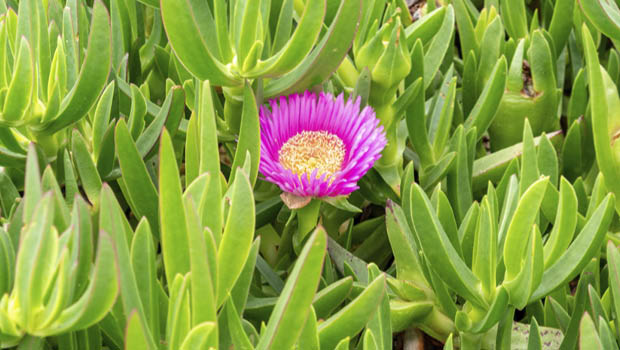
Karkalla
Carpobrotus rossii
Karkalla (also known as pigface, coastal raspberry, sea fig) is a hardy perennial ground cover native to Australia with thick succulent leaves and bright-pink flowers. The leaves are edible raw, although younger shoots are tastier. If cooking the leaves, soak first in cold water. Karkalla tolerates a range of soil types and also copes well with strong winds. The fruit occurs on plants at least 2–3 years old, is ripe when red, and is eaten by squeezing the flesh out of the tough outer skin. Fruits are salty, sweet and delicious. Grow from cuttings dried for two days before planting. Rub broken leaves on insect bites to relieve itchiness. Available from native plant nurseries.
Suited to the following climates:
Subtropical, Arid/semi-arid, Warm temperate, Cold temperate
Plant: Anytime
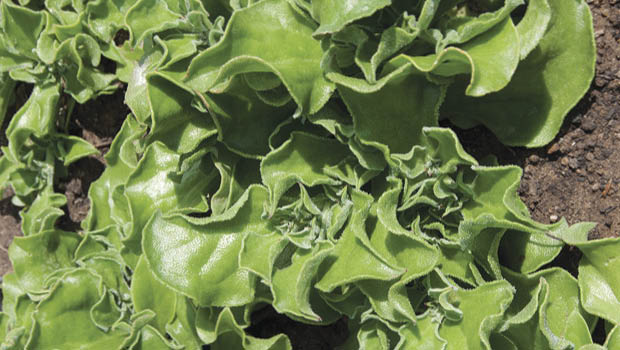
Ice plant
Mesembryanthemum crystallinum
Ice plant is a prostrate succulent native to South Africa, although it has naturalised in some parts of Australia. Ice plant gets its name from the attractive frosty appearance of its leaves, which are covered in glistening water storage cells. Usually grown in the garden as an annual, it can be grown in well-drained soil, or in a pot, to better show off the unusual leaves. The leaves make an interesting addition to a salad or can be used as a garnish. They can also be used crushed as a soap substitute. Ice plant is usually grown from seed, which can be bought from various online suppliers.
Suited to the following climates:
Arid/semi-arid, Warm temperate, Cold temperate
Plant: Spring to autumn

